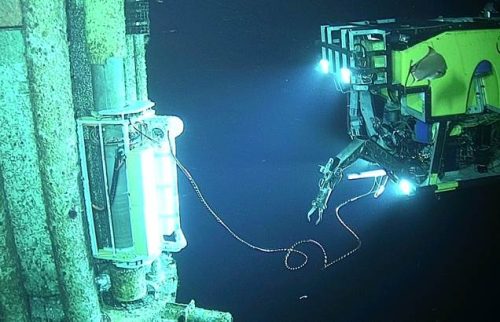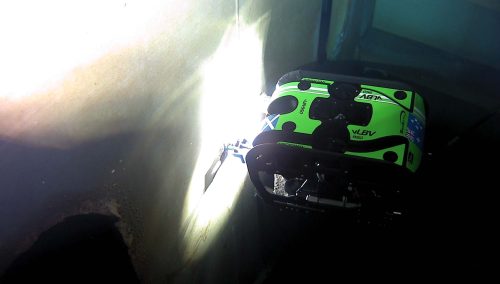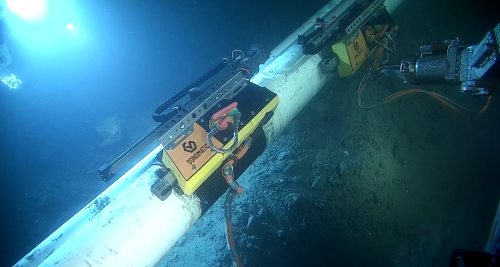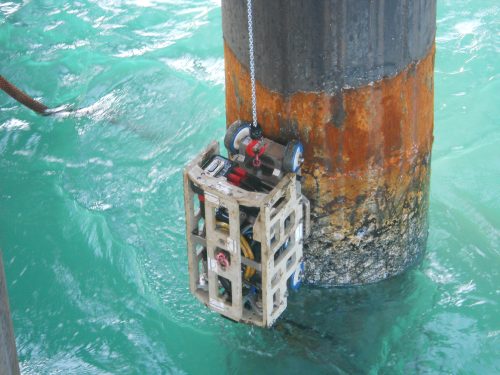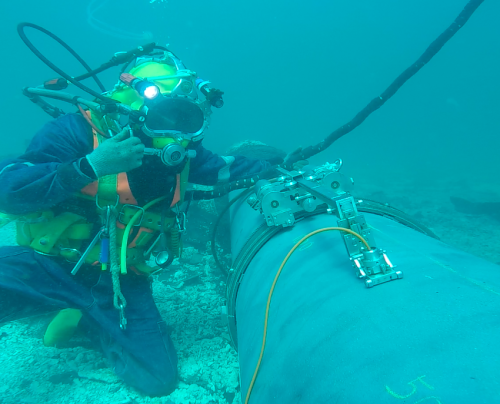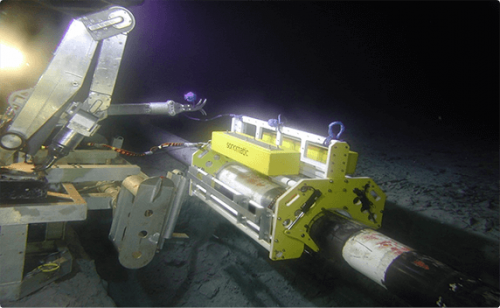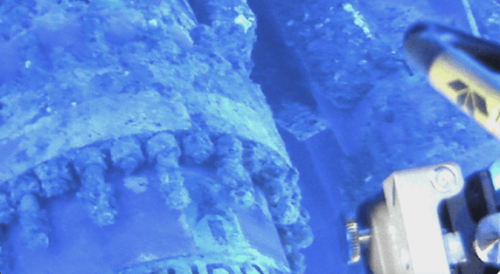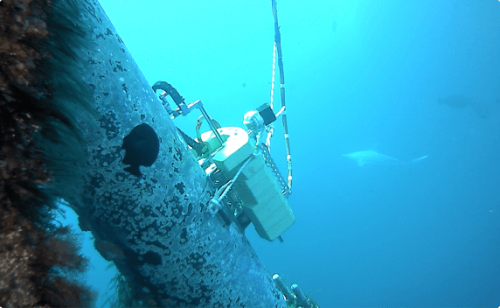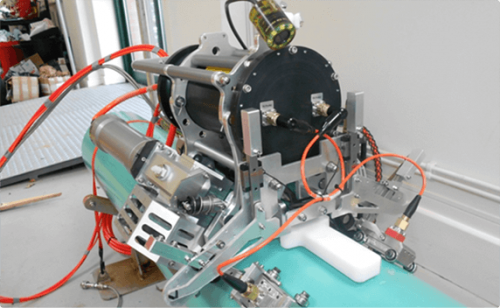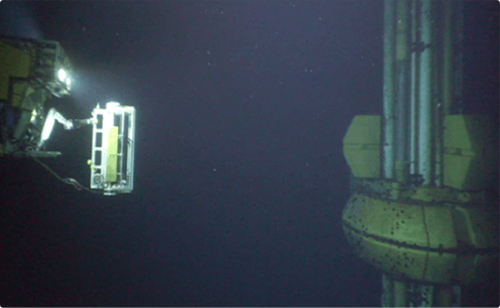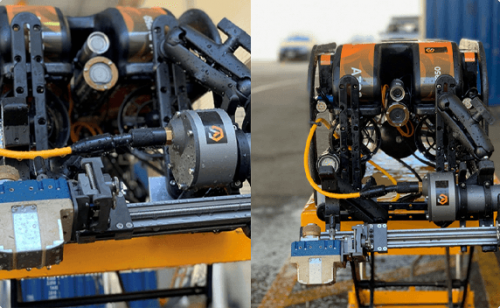The Fototerra Sonomatic JV is a global leader in advanced subsea inspection, delivering proven, cost-effective solutions through innovative technologies.
With over 40 years of experience and a legacy of introducing groundbreaking techniques such as Time of Flight Diffraction (TOFD), Phased Array, and Magnetic Eddy Current (MEC), we continue to set the standard in subsea non-destructive testing (NDT).
Our in-house engineering team (E2i) designs and builds bespoke inspection systems and robotic scanners that are continually adapted to meet the evolving demands of

